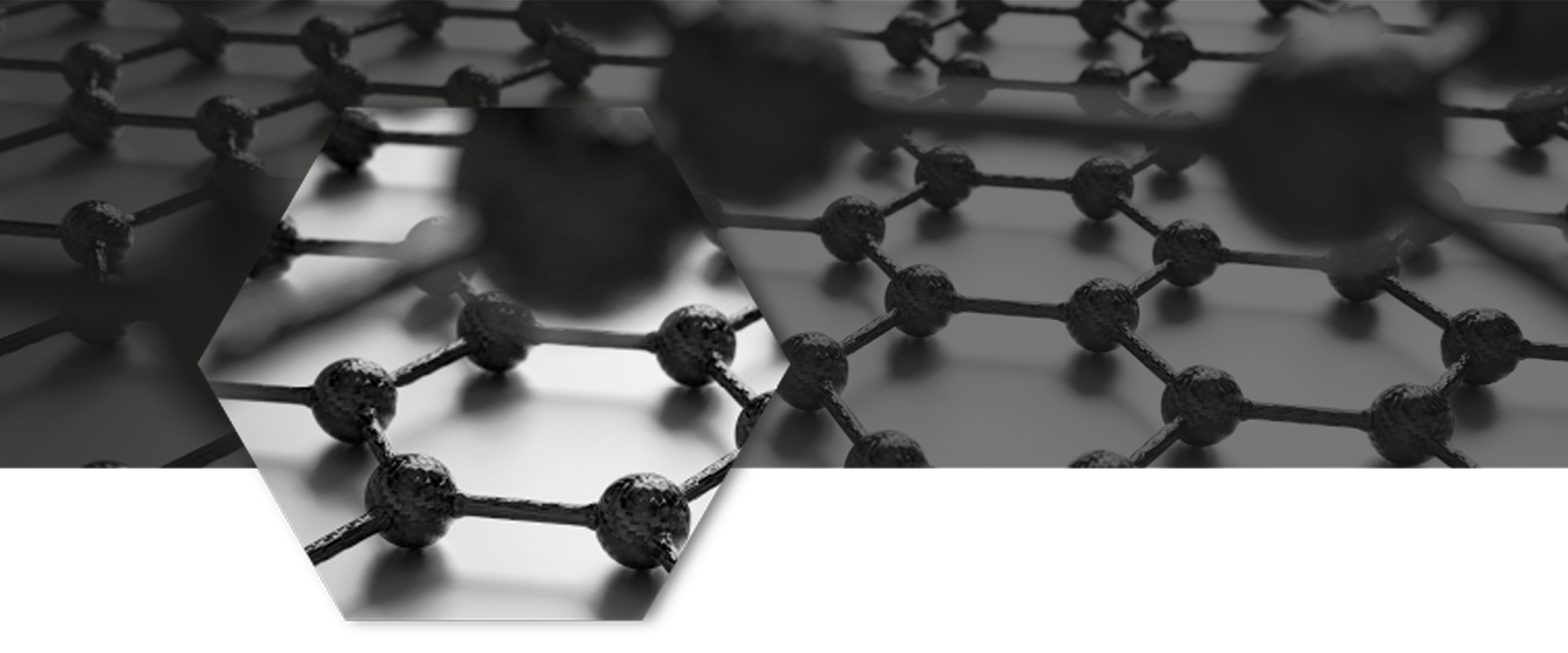Carbonation and Graphene Oxide: A Solution for Reducing CO₂ Emissions In previous articles, we discussed the cement industry's impact on CO₂ emissions and the commitments made to reduce them by 2050. Today, we explore how carbonation—a process generally seen as a concrete pathology—could help offset some CO₂ emissions from cement production. What is Carbonation? In concrete, carbonation is a natural process where CO₂ from the environment reacts with moisture in the concrete, converting the alkaline calcium hydroxide in cement paste to calcium carbonate with a more neutral pH. This reaction lowers the concrete's pH from around 12–13 to approximately 9, exposing steel reinforcements to corrosion. What Affects Carbonation? Carbonation rate depends on the diffusion of CO₂ and its reactivity with the cement matrix, which is in turn influenced by the matrix's microstructure, hydration products (calcium hydroxide, calcium silicate hydrate, alkaline oxides, etc.), and pore structure (distribution, size, and saturation). Therefore, carbonation proceeds more slowly in low-permeability or dry concretes than...
Read More







